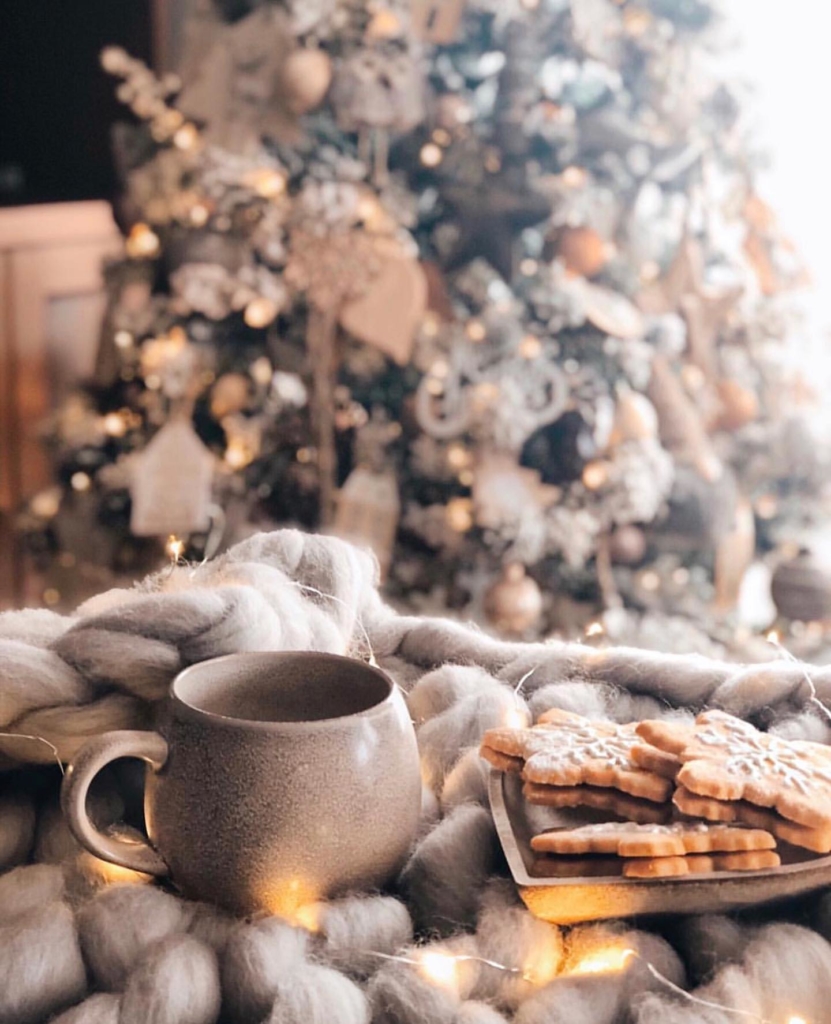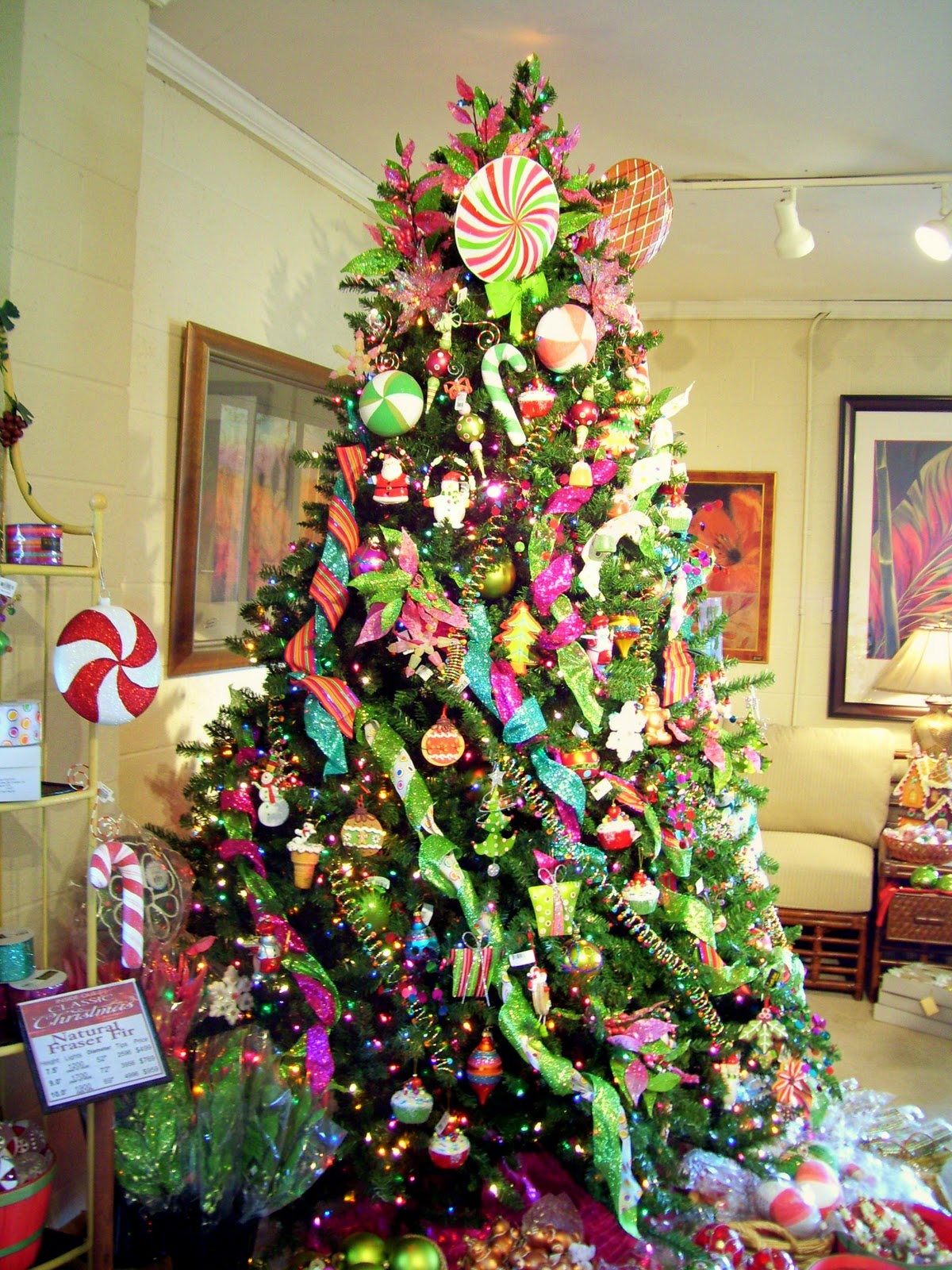5 Surprising Origins of Christmas Tree Decorating Traditions

The Christmas tree, a central symbol of holiday festivities, is steeped in tradition that dates back centuries. While we often take the familiar sight of twinkling lights, dangling ornaments, and a shining star atop the tree for granted, the origins of these traditions are surprisingly rich and varied. Let's delve into the history behind these festive decorations and uncover the stories that have made the Christmas tree an iconic symbol of holiday cheer.
1. The Evergreen Tree Tradition


At the core of Christmas celebrations is the evergreen tree itself. The use of evergreens in winter festivities predates Christianity and can be traced back to ancient civilizations:
- Ancient Egyptians: They adorned their homes with green palm rushes as part of their ritual to honor Ra, the sun god, during the winter solstice.
- Romans: They decorated homes with evergreen branches during Saturnalia, a festival to honor Saturn, the god of agriculture, in hopes of bringing life back to the winter world.
- Celts and Druids: The Celts used evergreens for their religious ceremonies, believing these plants had magical powers to ward off evil spirits and keep people healthy during the cold months.
These pagan traditions were later Christianized, with the evergreen symbolizing eternal life and the triumph of life over death.
2. The Use of Lights and Candles


The tradition of lighting up Christmas trees has evolved from candles to electric lights. Here’s how:
- Early Use of Candles: One of the earliest recorded uses of candles on Christmas trees dates back to the 17th century in Germany, when candleholders were added to trees to symbolize the light of Christ coming into the world.
- Fire Hazard: Fires were a significant concern, which led to the innovation of safer alternatives like gaslight bulbs in the mid-19th century, and then the introduction of electric lights.
- Edward H. Johnson: In 1882, Thomas Edison’s colleague Edward H. Johnson first showcased electric lights on a Christmas tree in New York City, marking the beginning of the modern tradition.
3. Ornaments and Decorations


The journey of tree ornaments is a colorful tale of tradition and evolution:
- Handcrafted Decor: Early decorations were homemade, often consisting of fruits, nuts, and sweets, which also served as edible treats for guests.
- Blown Glass: In the early 19th century, the art of glassblowing led to the creation of glass ornaments in Germany, which became prized decorations around the tree.
🎄 Note: Glass ornaments are delicate, so handle with care!
- Mass Production: As the tradition spread, mass-produced baubles, stars, and figures took over, allowing more people to partake in the decorating custom.
4. The Star or Angel Topper


The placement of a star or angel at the top of the Christmas tree has a rich symbolic history:
- The Star: The star often represents the Star of Bethlehem, which led the Magi to the birthplace of Jesus, as recounted in the Bible.
- The Angel: Angels symbolize the divine announcement of Christ’s birth, as well as protection and guidance.
- Queen Victoria: Popular culture was heavily influenced by the publication of an illustration showing Queen Victoria’s family with their tree topped with an angel, which inspired families to replicate the look.
5. Popcorn and Cranberry Garland


The simple yet beautiful custom of stringing popcorn and cranberries together for garland has roots in:
- Natural Decor: Before the advent of tinsel and mass-produced decorations, people turned to natural elements for tree adornment.
- Scandinavian Influence: Scandinavian settlers in America during the 19th century popularized this tradition by adorning their trees with these vibrant garlands.
- Community Activity: It was not just a decoration method but also a communal activity, fostering a sense of togetherness during the holiday season.
📢 Note: Popcorn garlands attract pests and can dry out, so ensure to maintain them regularly.
As we wind down our exploration into the origins of Christmas tree decorating traditions, it's clear that the practices we cherish today are not just habits or aesthetic choices, but a tapestry of cultural, religious, and historical threads woven through time. The evergreen tree remains a symbol of life, the lights signify hope and guidance, ornaments tell stories, the topper stands as a beacon of celestial navigation, and the simple garlands remind us of the joys in simple traditions. These elements together create a universal symbol of celebration, gathering, and the spirit of giving that transcends borders and generations.
Why do we use evergreen trees for Christmas?

+
Evergreens represent life, endurance, and the promise of renewal. Their use in winter celebrations dates back to pre-Christian times, symbolizing the hope of spring amidst the cold and darkness of winter.
When did Christmas tree lights become popular?

+
Electric Christmas tree lights became popular in the late 19th century, particularly after Edward H. Johnson showcased electric lights on a tree in 1882.
What do angels and stars on the tree symbolize?

+
Angels symbolize the annunciation of Christ’s birth, while the star represents the Star of Bethlehem that guided the Wise Men to Jesus.



